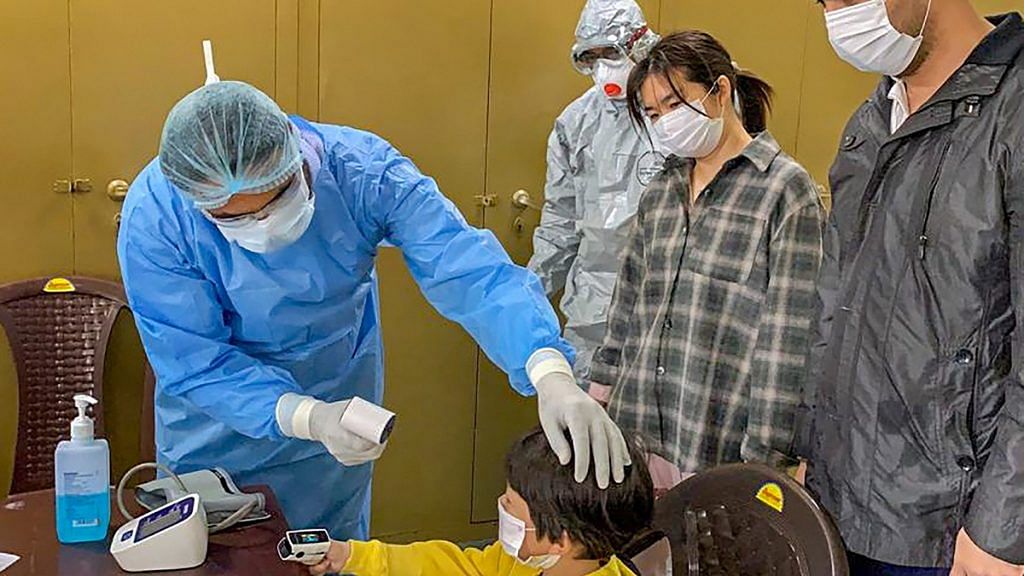Bengaluru: A three-year-old child has been diagnosed with COVID-19 in Kerala this week, becoming the first positive case of a child aged under 10 in India. The diagnosis is a vital statistic for a pattern that epidemiologists and virologists are attempting to understand about the novel coronavirus.
One of the biggest questions about the SARS-CoV-2 virus, or coronavirus, is does it infect children less? Early findings from China indicated that among the 44,000 known cases, less than 1 per cent were aged younger than 10. No deaths were reported in this age group.
In India too, among the 43 known cases, there has been only one child.
As of yet, researchers don’t understand why the numbers in children are so low, considering children are at the top of the ladder when it comes to social contact and spreading germs. One possibility is that children could have been less exposed to the virus but that seems unlikely.
Also read: Coronavirus: Latest updates on cases in India, all you need to know about COVID-19
Children show milder symptoms
But even in positive cases among children, the coronavirus manifests differently.
Children don’t develop the complete symptoms, doctors have found in China. They seem to develop a cough, nasal congestion, runny noses, and diarrhoea. Less than half the children have developed a fever, the main symptom in adults. Most of these symptoms have been very mild among the children, and some of them showed no symptoms at all.
But our understanding might just be evolving. Latest findings show that children do get infected but they just have very mild symptoms. Another study too showed that in China, 13 per cent of the infected, from 25 January to 5 February, were children. The number had grown from 2 per cent when the epidemic hit.
Also read: Seasonal flu far more common than coronavirus, but its vaccine is not popular in India
Going the SARS way?
Scientists are also hopeful as the novel virus seems to act in a similar manner to another Coronavirus — SARS.
During the 2002-03 SARS outbreak too, more adults than children were infected. Despite the death toll of 774 people — a rate of one in 10 infected — not one individual under the age of 24 died.
Scientists are now studying to understand if the current outbreak’s deaths are similar to SARS deaths.
Even if it turns out that children don’t really catch the virus much or don’t suffer much if they catch it, they may still play an important role in the spread of the disease.
Children experience physical contact with each other and personal contact at less than 2m more in their day than members of any other age group, and virologists don’t yet know if children can carry and transmit the virus even if they don’t get affected by Covid19.
One of the main reasons why schools have shut is to prevent community spread of pathogens, even those that don’t really seem to infect children much. Schools need to be shut to mainly prevent the transmission of the disease to parents and grandparents, teachers and other staff, who are at a much higher risk than children.
Also read: Why Kerala govt’s decision to allow Pongala is more political than religious
